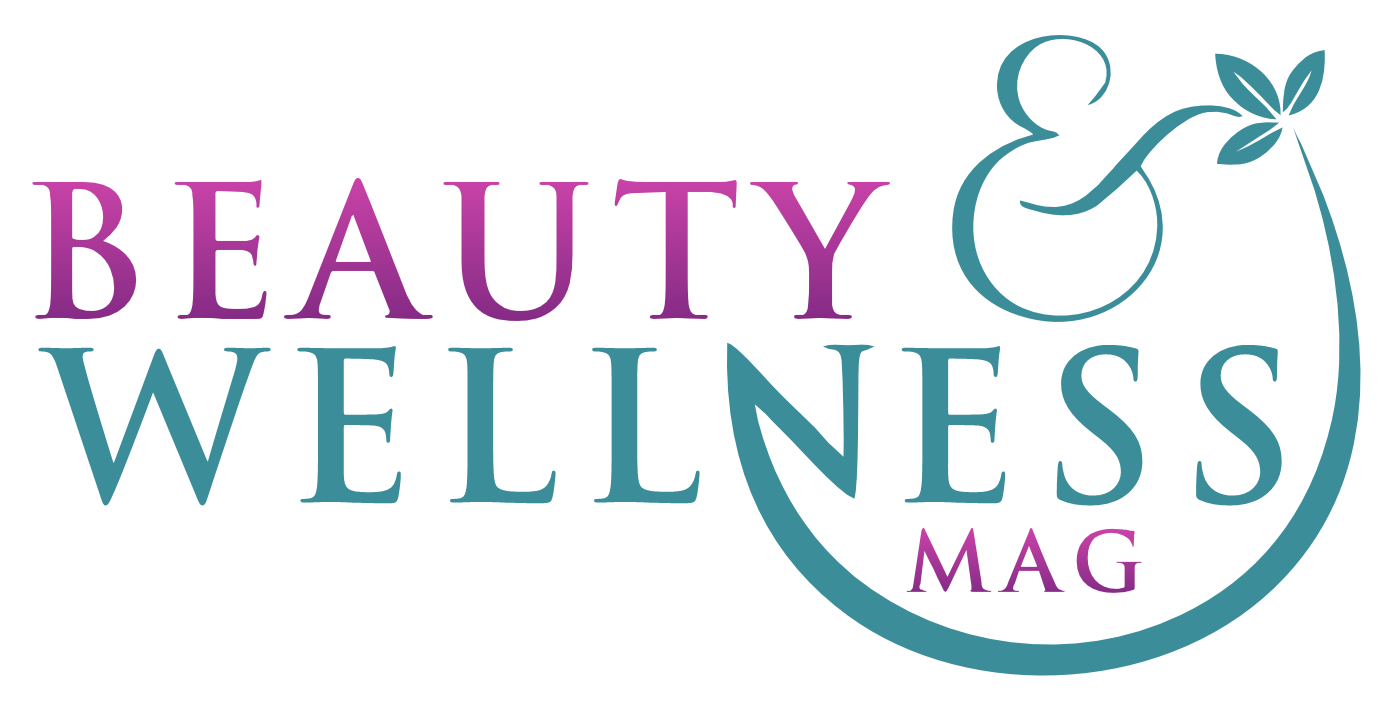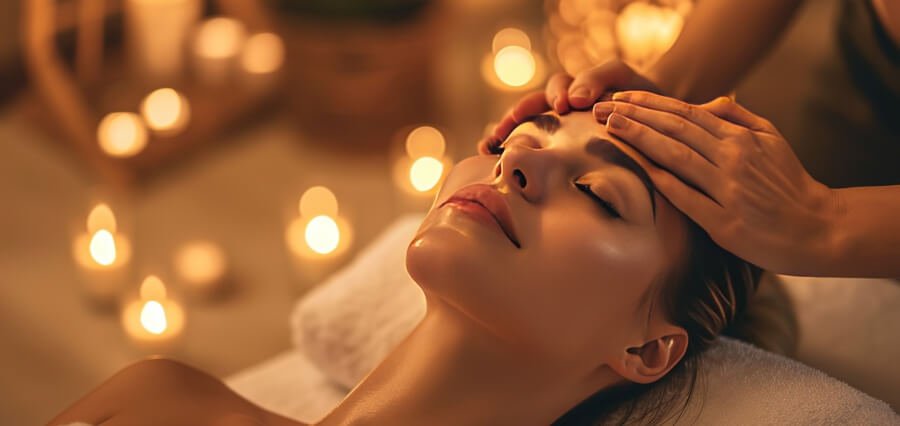#Rise Up
The beauty and wellness industry, a multi-billion-dollar global sector, has witnessed exponential growth over the past few decades, evolving from traditional skincare and cosmetics into a holistic domain encompassing physical, mental, and emotional well-being. This industry, which includes skincare, cosmetics, haircare, spa services, fitness, and nutritional supplements, has become an integral part of the modern lifestyle. The rapid technological advancements, changing consumer preferences, and the rise of social media have significantly shaped the industry, making it one of the most dynamic and competitive markets worldwide. Understanding the scope and future of this industry requires an exploration of its current state, key trends, challenges, and the factors driving its evolution.
The Current State of the Beauty and Wellness Industry
As of 2024, the beauty and wellness industry is valued at over $1.5 trillion globally, with an annual growth rate of 5-7%. This growth is driven by increasing consumer awareness about health and well-being, a growing middle class with disposable income, and the influence of digital media, which has made beauty and wellness more accessible and desirable. The industry is no longer confined to just products; it now includes services and experiences that promote overall well-being. From luxury spa retreats to personalized skincare regimens and wellness apps, the industry’s offerings have diversified to cater to a wide range of consumer needs and preferences.
Key Trends Shaping the Industry
- Personalization and Customization: Consumers today seek products and services tailored to their specific needs. The rise of AI and machine learning technologies has enabled companies to offer personalized beauty solutions, from skincare products designed for an individual’s unique skin type to fitness programs tailored to specific health goals. This trend towards personalization is expected to grow, as consumers increasingly demand products that are not just effective but also align with their personal values and lifestyle.
- Sustainability and Ethical Practices: Environmental concerns and a growing demand for transparency have pushed the industry towards more sustainable and ethical practices. Consumers are becoming more aware of the environmental impact of beauty products and are opting for brands that use eco-friendly packaging, ethically sourced ingredients, and cruelty-free practices. This shift is not just a trend but a fundamental change in consumer behavior, driving brands to innovate and adopt more sustainable practices to stay competitive.
- The Rise of Clean Beauty: Clean beauty, which refers to products made without harmful ingredients, has become a significant trend in the beauty industry. Consumers are increasingly concerned about the long-term effects of synthetic chemicals in skincare and cosmetics and are opting for products with natural, non-toxic ingredients. This trend has given rise to numerous brands focusing exclusively on clean beauty, pushing even traditional beauty giants to reformulate their products and offer cleaner alternatives.
- Digital Transformation: The integration of digital technology has revolutionized the beauty and wellness industry. From online consultations and virtual try-ons to e-commerce platforms and social media marketing, digital technology has made beauty more accessible and engaging. Brands are leveraging augmented reality (AR) and virtual reality (VR) to enhance the customer experience, allowing consumers to try products virtually before making a purchase. This digital transformation is expected to continue, with innovations such as AI-powered beauty advisors and smart beauty devices becoming more mainstream.
- Wellness as a Lifestyle: The concept of wellness has expanded beyond physical health to include mental and emotional well-being. This holistic approach to wellness has led to the growth of sectors such as mental wellness apps, meditation and mindfulness services, and nutritional supplements. The pandemic has accelerated this trend, with more people prioritizing self-care and seeking products and services that promote overall well-being. This shift towards a more comprehensive view of wellness is expected to drive growth in the industry, as consumers continue to invest in products and experiences that enhance their quality of life.
Challenges and Future Outlook
Despite its rapid growth, the beauty and wellness industry faces several challenges. The increasing competition and market saturation make it difficult for new brands to stand out. Additionally, the pressure to innovate continuously can lead to high costs and shorter product life cycles. The industry’s reliance on social media influencers for marketing also poses risks, as changes in algorithms or consumer behaviour can significantly impact brand visibility and sales.
The future of the beauty and wellness industry remains promising. The continued focus on personalization, sustainability, and digital innovation will drive growth and create new opportunities. As consumers become more informed and empowered, brands that prioritize transparency, ethical practices, and holistic well-being will thrive. The integration of technology will further enhance the consumer experience, making beauty and wellness more personalized, accessible, and engaging.
The beauty and wellness industry is at a pivotal point, where innovation, sustainability, and consumer-centric approaches will shape its future. As the industry continues to evolve, it will play a crucial role in promoting not just physical beauty but overall well-being, making it an indispensable part of the modern lifestyle.










